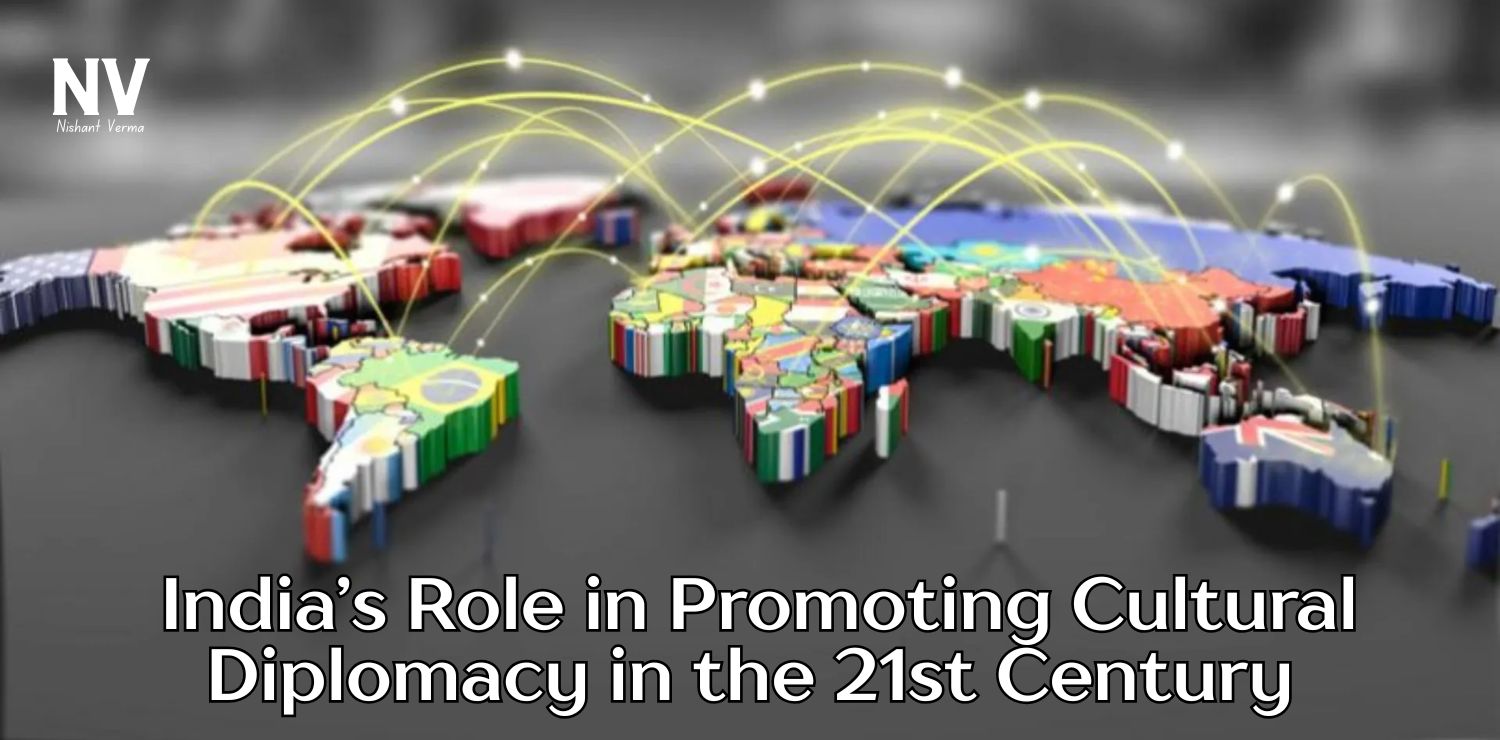In today’s interconnected world, where ideas flow freely across borders, protecting intellectual property (IP) has become more crucial than ever. Whether you’re a small business or a multinational corporation, safeguarding your creations and innovations is key to maintaining a competitive edge in the global marketplace. However, navigating the complex landscape of intellectual property rights can be daunting. From trademarks to patents, copyrights to trade secrets, understanding the nuances of IP law is essential for success. In this article, we’ll explore some of the common challenges businesses face in global markets and strategies for overcoming them.

Understanding Intellectual Property:
Before diving into the challenges, let’s first understand what intellectual property encompasses. Intellectual property refers to creations of the mind, such as inventions, literary and artistic works, symbols, names, and designs used in commerce. It can be categorized into several types:
- Patents: These grant exclusive rights to inventors for their inventions, preventing others from making, using, or selling the invention without permission.
- Trademarks: Trademarks are symbols, names, or words that distinguish the goods and services of one company from another. They provide brand recognition and prevent others from using similar marks.
- Copyrights: Copyrights protect original works of authorship, such as books, music, and artwork, by granting the creator exclusive rights to reproduce, distribute, and display their work.
- Trade Secrets: Trade secrets include confidential information, such as formulas, processes, or techniques, that provide a competitive advantage to businesses. Unlike patents, trade secrets are not publicly disclosed and are protected indefinitely as long as they remain secret.
Now that we have a basic understanding of intellectual property, let’s delve into the challenges businesses encounter when operating in global markets.

Challenges in Global Markets:
- Diverse Legal Frameworks: One of the biggest challenges in navigating global IP rights is the diversity of legal frameworks across different countries. Each country has its own set of laws and regulations governing intellectual property, making it difficult for businesses to ensure comprehensive protection worldwide. Moreover, the interpretation and enforcement of these laws can vary significantly, further complicating matters.
- Counterfeiting and Piracy: Counterfeiting and piracy pose significant threats to businesses operating in global markets. Counterfeit goods not only infringe on trademarks and copyrights but also undermine brand reputation and revenue. From fake luxury handbags to pirated software, counterfeit products flood markets worldwide, costing legitimate businesses billions of dollars annually.
- Lack of Awareness: Many businesses, especially small and medium-sized enterprises (SMEs), lack awareness about the importance of intellectual property rights and the steps needed to protect them. This lack of understanding can leave them vulnerable to infringement and exploitation, putting their innovations at risk.
- Complex Patent Procedures: Obtaining and enforcing patents in global markets can be a complex and costly process. Each country has its own patent office and examination procedures, requiring businesses to navigate multiple patent systems simultaneously. Moreover, enforcing patents across borders often involves lengthy legal battles and high litigation costs.
- Emerging Technologies: With the rapid advancement of technology, new challenges emerge in protecting intellectual property rights. Emerging technologies such as artificial intelligence (AI), blockchain, and 3D printing raise novel legal questions and require innovative approaches to IP protection.

Strategies for Overcoming IP Challenges:
Despite the challenges, businesses can adopt several strategies to protect their intellectual property in global markets effectively. Here are some tips:
- Develop a Comprehensive IP Strategy: Start by developing a comprehensive intellectual property strategy that aligns with your business goals and objectives. Identify your key assets, such as patents, trademarks, and copyrights, and prioritize their protection based on market relevance and potential risks.
- Stay Informed: Keep abreast of the latest developments in intellectual property law and regulations, both domestically and internationally. Join industry associations, attend seminars and workshops, and seek advice from legal experts specializing in IP rights.
- Use International Treaties and Agreements: Leverage international treaties and agreements to streamline the process of obtaining and enforcing intellectual property rights across borders. For example, the World Intellectual Property Organization (WIPO) administers several treaties that facilitate the international protection of patents, trademarks, and copyrights.
- Customize IP Protection Strategies: Tailor your IP protection strategies to suit the specific requirements of each market you operate in. Consider factors such as local laws, cultural norms, and enforcement mechanisms when developing your approach to intellectual property protection.
- Employ Technology Solutions: Utilize technology solutions such as digital rights management (DRM) systems, watermarking, and blockchain to protect digital assets and prevent unauthorized use or distribution.
- Enforce Your Rights: Be proactive in enforcing your intellectual property rights by monitoring markets for potential infringements and taking swift legal action when necessary. Collaborate with law enforcement agencies, customs authorities, and legal professionals to combat counterfeiting and piracy effectively.
Conclusion:
In today’s globalized economy, protecting intellectual property rights is paramount for businesses seeking to innovate and thrive. By understanding the challenges and adopting proactive strategies, companies can safeguard their creations and innovations in the competitive landscape of global markets. From developing comprehensive IP strategies to leveraging international treaties and employing technology solutions, businesses have a variety of tools at their disposal to navigate the complexities of intellectual property protection successfully.
In conclusion, intellectual property rights are the cornerstone of innovation and economic growth in the modern world. By prioritizing IP protection and staying vigilant against emerging threats, businesses can secure their competitive advantage and drive sustainable growth in global markets.




